Soil biodiversity and function under global change
by Manuel Delgado-Baquerizo, David J. Eldridge, Yu-Rong Liu, Zhong-Wen Liu, Claudia Coleine, Pankaj Trivedi Soil organisms represent the most abundant and diverse organisms on the planet and support almost every ecosystem function we know, and thus impact our daily lives. Some of these impacts have been well-documented, such as the role of soil organisms in regulating soil fertility and carbon sequestration; processes that have direct implications for essential ecosystem services including food security and climate change mitigation. Moreover, soil biodiversity also plays a critical role in supporting other aspects from One Health—the combined health of humans, animals, and the environment—to the conservation of historic structures such as monuments. Unfortunately, soil biodiversity is also highly vulnerable to a growing number of stressors associated with global environmental change. Understanding how and when soil biodiversity supports these functions, and how it will adapt to changing environmental conditions, is crucial for conserving soils and maintaining soil processes for future generations. In this Essay, we discuss the fundamental importance of soil biodiversity for supporting multiple ecosystem services and One Health, and further highlight essential knowledge gaps that need to be addressed to conserve soil biodiversity for the next generations.
by Manuel Delgado-Baquerizo, David J. Eldridge, Yu-Rong Liu, Zhong-Wen Liu, Claudia Coleine, Pankaj Trivedi Soil organisms represent the most abundant and diverse organisms on the planet and support almost every ecosystem function we know, and thus impact our daily lives. Some of these impacts have been well-documented, such as the role of soil organisms in regulating soil fertility and carbon sequestration; processes that have direct implications for essential ecosystem services including food security and climate change mitigation. Moreover, soil biodiversity also plays a critical role in supporting other aspects from One Health—the combined health of humans, animals, and the environment—to the conservation of historic structures such as monuments. Unfortunately, soil biodiversity is also highly vulnerable to a growing number of stressors associated with global environmental change. Understanding how and when soil biodiversity supports these functions, and how it will adapt to changing environmental conditions, is crucial for conserving soils and maintaining soil processes for future generations. In this Essay, we discuss the fundamental importance of soil biodiversity for supporting multiple ecosystem services and One Health, and further highlight essential knowledge gaps that need to be addressed to conserve soil biodiversity for the next generations.

































































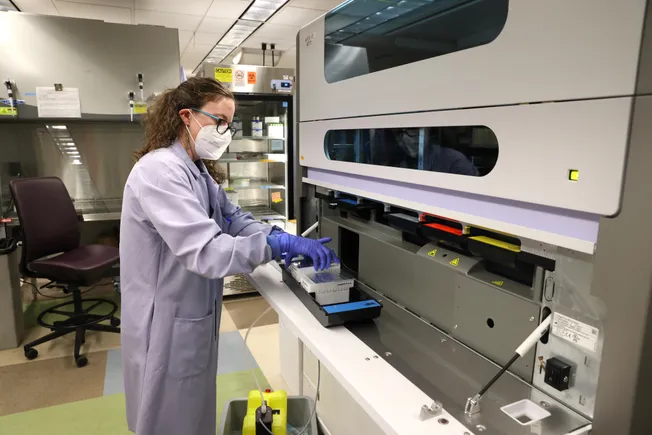








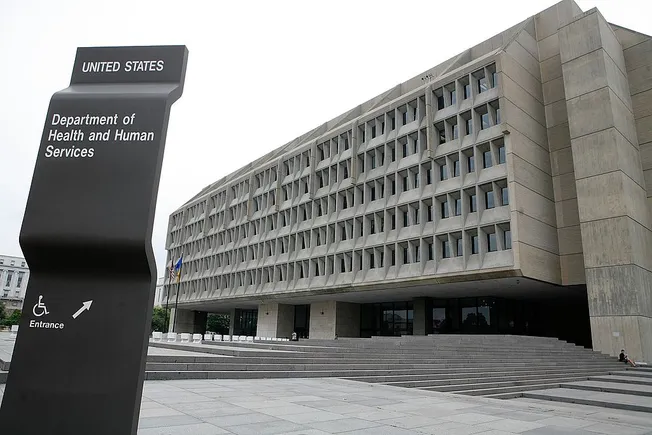
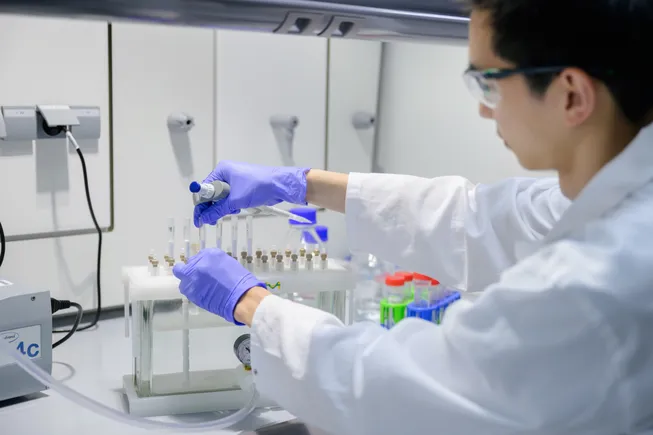












































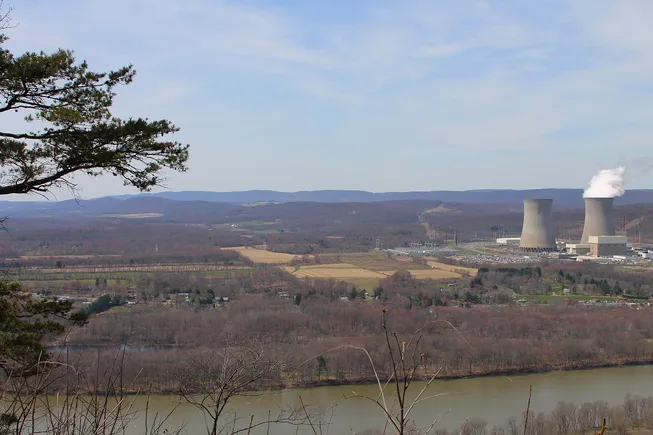

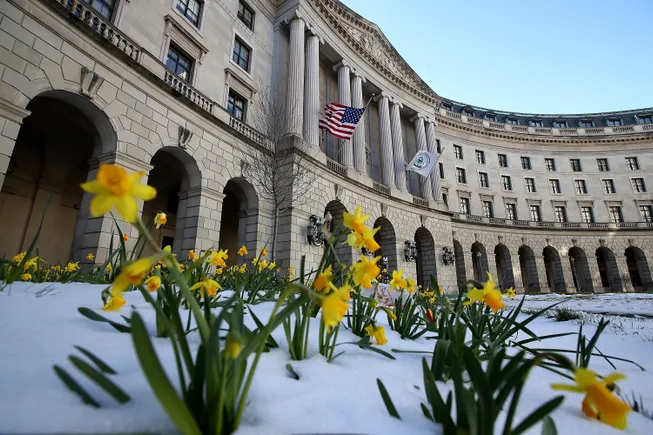















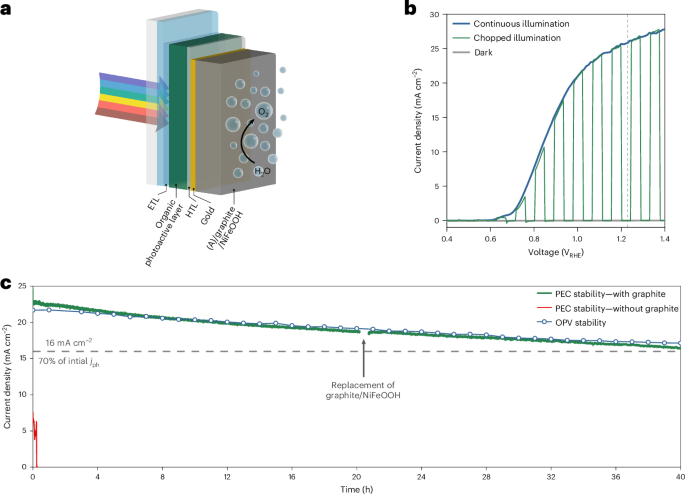









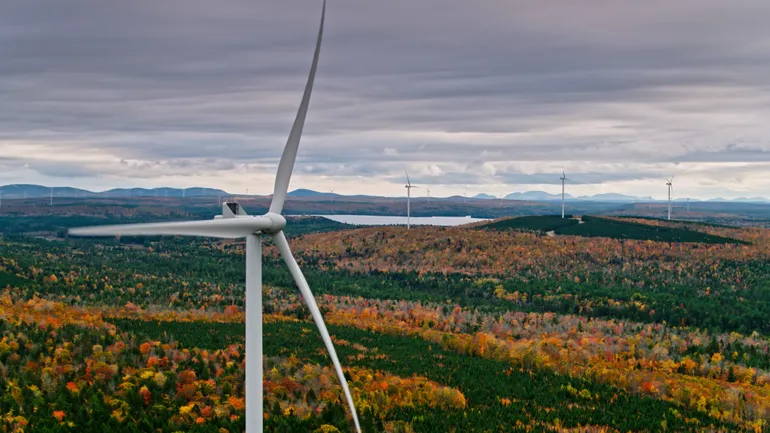






















.jpg)





